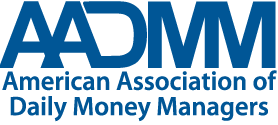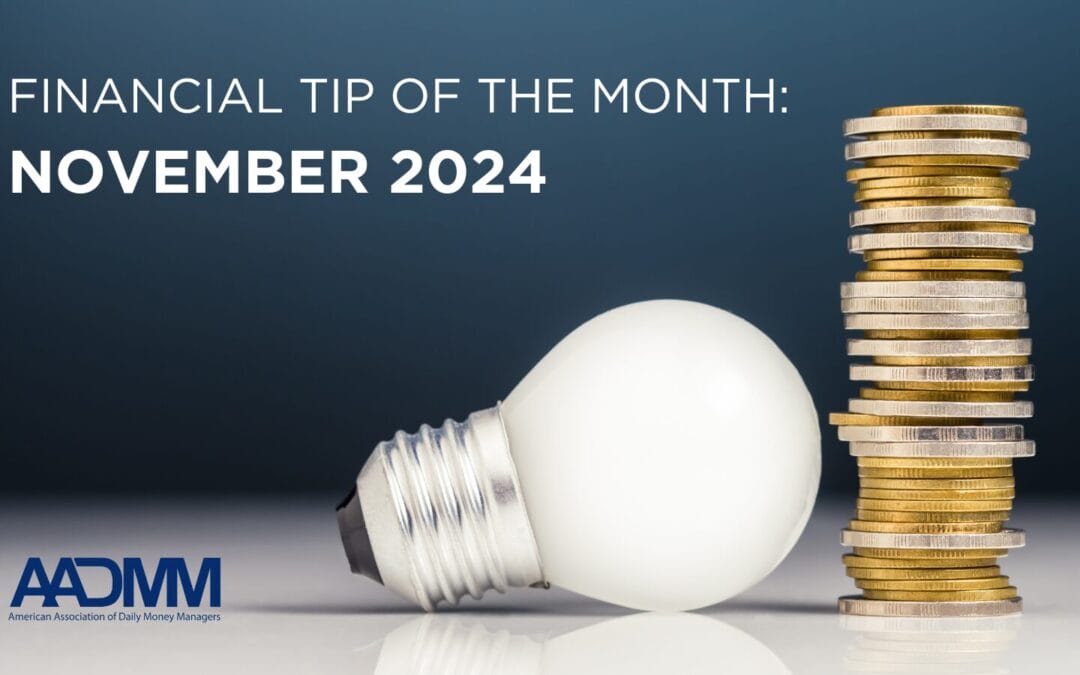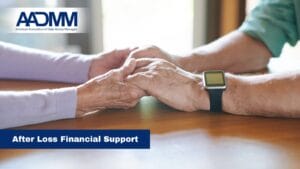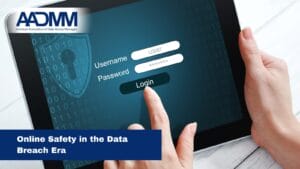When you think of your financial portfolio, your emergency fund probably isn’t the first thing that comes to mind. You’re more likely picturing your investments, retirement accounts, and that hot stock tip you’re hoping will pay off. But the truth is, your emergency fund represents more than just a rainy-day stash—it’s a critical part of your overall financial strategy.
Emergency funds can be broken down into three categories: quick, intermediate, and comprehensive.
- Quick funds are your everyday cash—checking and savings accounts you can dip into on a moment’s notice.
- Intermediate funds include quick funds plus longer-term savings like CDs, giving you a bit more earning power while keeping cash accessible.
- Comprehensive funds take it a step further, wrapping in all financial assets outside of retirement accounts, creating a robust safety net that covers the spectrum of cash needs.
Strategies for funding and using emergency funds by category
Here’s how to strategically build and use each level of emergency funds, plus how to decide how much to keep in each category.
- Quick funds: The first line of defense
What it is: These are your most liquid (easily converted into cash) assets—checking and savings accounts that you can access instantly.
How much you need: Aim to keep at least one month of essential expenses here, two months if it would make you more comfortable or if you have irregular income.
How to fund it:
- Set up automatic transfers from your paycheck or checking account to your savings account on payday. This helps you save without even thinking about it.
- Start small and gradually increase the amount as you are able.
When to use it: Quick funds are your go-to for immediate, minor emergencies like car repairs, medical co-pays, or unexpected bills. Think of these as the financial equivalent of putting out a small fire before it spreads.
- Intermediate funds: The back-up plan
What it is: Intermediate funds include longer-term savings instruments like CDs or money market accounts that typically offer a slightly higher interest rate while still keeping your money accessible.
How much you need: Aiming for 3-6 months of expenses is a solid goal. This is where the bulk of your emergency savings should reside, providing a larger buffer against bigger disruptions like job loss or a major health issue.
How to fund it:
- Consider setting up an automatic transfer from your quick fund account to your intermediate accounts once you reach your initial savings goal.
- You can also allocate any unexpected income—like bonuses or tax refunds—directly into these funds.
When to use it: Intermediate funds are for more significant financial setbacks that require more cash than what’s in your quick funds. Use these for longer-term needs, like covering living expenses during a period of unemployment.
- Comprehensive funds: The fortress
What it is: Comprehensive funds encompass all your liquid financial assets outside of retirement accounts (401(k), IRA, pension plan), including investments in taxable brokerage accounts, bonds, and low-penalty withdrawal CDs.
How much you need: This category should cover 6-12 months of expenses, depending on your risk tolerance, income stability, and overall financial situation.
How to fund it:
- Once your quick and intermediate funds are solid, redirect any excess savings or investment gains into comprehensive funds.
- Reinvest dividends, allocate part of your bonus, and use any surplus cash flow to keep this safety net strong.
When to use it: These funds are for the most severe financial emergencies, such as prolonged job loss, major health issues, or unexpected life changes like divorce. They’re your financial fortress, built to withstand the big stuff that could upend your entire financial plan.
Overall Emergency Fund Strategy
Your emergency fund strategy should be layered. Start with your quick funds for immediate, small-scale problems, then build up your intermediate funds to cover mid-level crises, and finally, establish comprehensive funds as your ultimate safety net. The goal is to create a financial buffer that supports your peace of mind and gives you the flexibility to handle life’s inevitable surprises without derailing your long-term financial goals.
Working with a Daily Money Manager
A Daily Money Manager (DMM) can help you ensure that every part of your emergency fund is working efficiently. By partnering with your financial advisor, a DMM can provide a detailed look at your actual spending patterns, helping to make sure that each layer of your emergency fund is adequately funded and appropriately used. They can also handle the logistics of bill payments and track expenses, ensuring that if you dip into your emergency funds, they are replenished methodically over time. If you’d like to explore how working with a daily money manager could help you take back control of your finances, start by checking out the “Who Needs a DMM?” page on the American Association of Daily Money Managers (AADMM) website.
Ashley Wunderlich is a Daily Money Manager and founder of Koradel Capital Management











